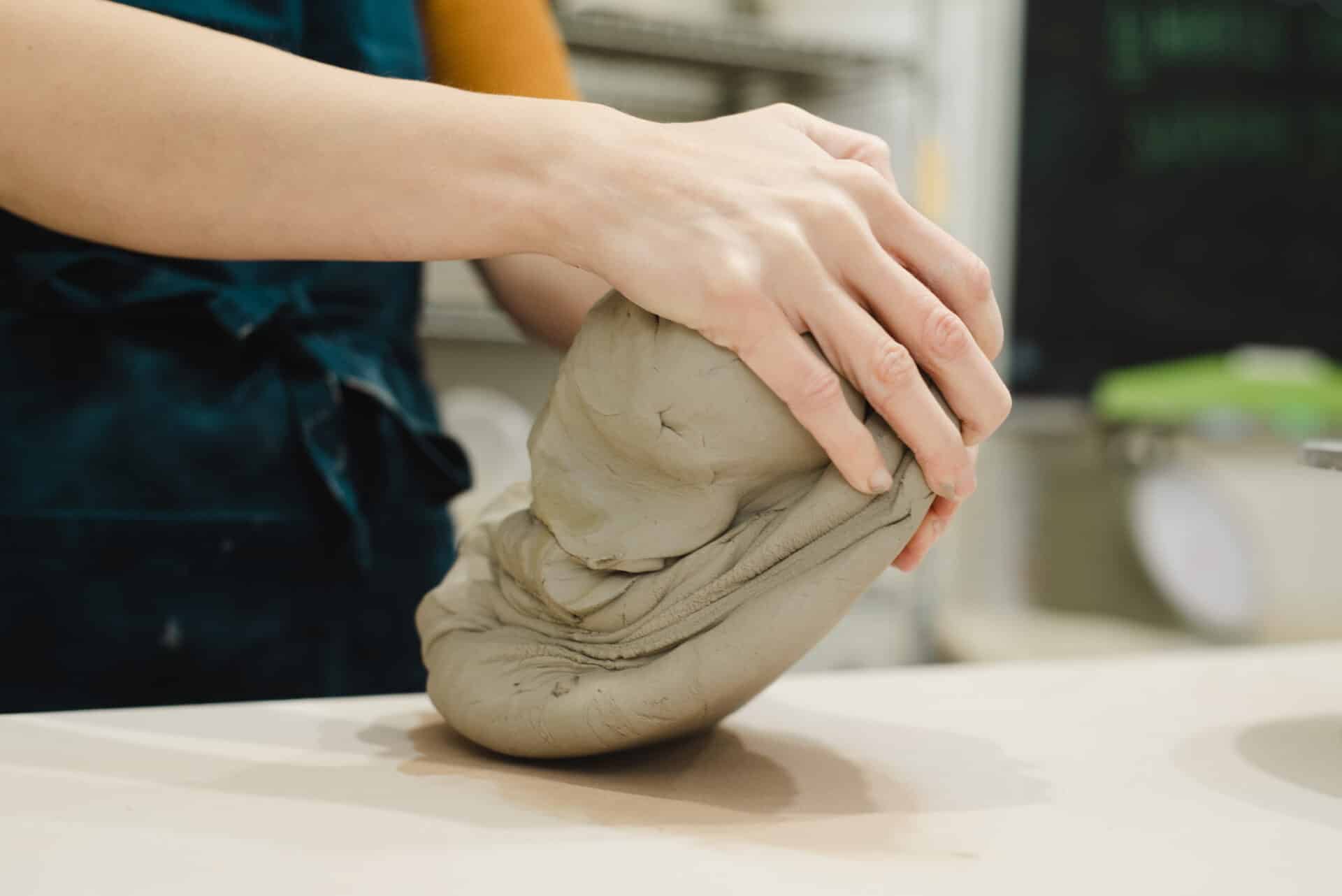Common Pottery Clay Problems and How to Solve Them
Pottery clay can present challenges such as cracking during drying, warping, trapped air bubbles, and glaze defects. These issues often stem from uneven moisture, poor wedging, or mismatched firing schedules. By understanding the causes and following practical solutions—like slow drying, thorough wedging, and proper kiln firing—you can improve the quality and durability of your ceramic pieces.
Working with pottery clay offers endless creative possibilities but also comes with some challenges. Whether you’re new to ceramics or have years of experience, problems like cracking, warping, or air bubbles can occur. Understanding why these issues happen and how to fix them will help you improve your work and avoid frustration.
Cracking During Drying or Firing
One of the most frequent problems is cracking, which often results from uneven drying or rapid moisture loss. When parts of a piece dry faster than others, the clay shrinks unevenly, creating tension that causes cracks. Thin walls or trapped air pockets inside the clay can worsen the problem.
To minimize cracking:
- Keep the thickness of your pottery consistent.
- Slow down drying by covering pieces loosely with plastic, letting moisture escape gradually.
- Wedge the clay thoroughly before shaping to remove air bubbles and improve flexibility.
- Moisten and smooth affected areas if cracks appear during drying, , then allow the piece to dry slowly.
Warping and Distortion
Warping happens when parts of your piece shrink or dry unevenly, causing bending or twisting. This effect is especially common in large, flat pieces or slabs. Taking a piece off the wheel too soon or firing too quickly can also contribute.
Prevent warping by:
- Drying pieces slowly and evenly, covering them, and turning occasionally to promote uniform moisture loss.
- Supporting slabs on flat, rigid surfaces during drying.
- Using kiln posts and shelves designed to hold large pieces securely during firing.
- Adjusting kiln ramp rates to reduce thermal shock.
Air Bubbles in Clay
Air bubbles trapped in clay are a serious problem. As the kiln heats, trapped air expands, causing pinholes in the surface or even explosions. These bubbles usually result from insufficient wedging or mixing.
The best ways to avoid air bubbles include:
- Thorough wedging to knead out trapped air before shaping.
- Cutting and compressing large batches to release pockets of air.
- Using a vacuum pug mill if you work with large quantities of clay regularly.
- Testing different clay bodies if bubbles persist despite careful wedging.

Clay Consistency: Handling Sticky or Dry Clay
Clay that’s too sticky can be difficult to manage, while overly dry clay tends to crack and resist shaping. Balancing moisture content is essential for smooth working.
If your clay feels dry, gradually add water and wedge thoroughly until soft. For sticky clay, let it dry slightly on a canvas or porous surface to absorb excess moisture. Proper storage—wrapping unused clay tightly in plastic—helps maintain optimal moisture levels.
Exploding or Cracking Pieces in the Kiln
Pieces may explode or crack in the kiln due to trapped moisture or air rapidly expanding when heated. Thick or uneven sections increase this risk.
To prevent explosions:
- Make sure pieces are completely dry before firing.
- Fire slowly, especially at the start, to let moisture escape safely.
- Avoid overly thick walls that retain moisture.
- Wedge clay well to remove air pockets that create internal pressure.
Glaze Issues Related to Clay
Glaze defects like crazing, crawling, or pinholes often stem from incompatibility between glaze and clay or improper firing schedules. It is critical to use glazes matched to your clay body and firing temperature.
Before glazing, clean bisqued pieces thoroughly to remove dust and oils. Test new glaze and clay combinations on sample tiles to catch issues early. Adjust firing speed and temperature if glaze defects occur.
Final Tips for Successful Pottery
- Always wedge your clay thoroughly to avoid air bubbles and improve workability.
- Allow plenty of time for slow, even drying to prevent cracks and warping.
- Experiment to understand how your specific clay behaves under different conditions.
- Reach out to expert suppliers like Clay King for guidance and quality materials.
Still Having Problems With Your Pottery Clay? Call the Experts!
Call us today at 888-838-3625 or email info@clay-king.com for guidance and assistance on selecting the right kind of pottery clay for your next project. We have experience with every type of clay and can help you diagnose and resolve problems with your pottery projects.
Recent Articles:
What Are the Types of Kilns I Can Get for My Studio?
